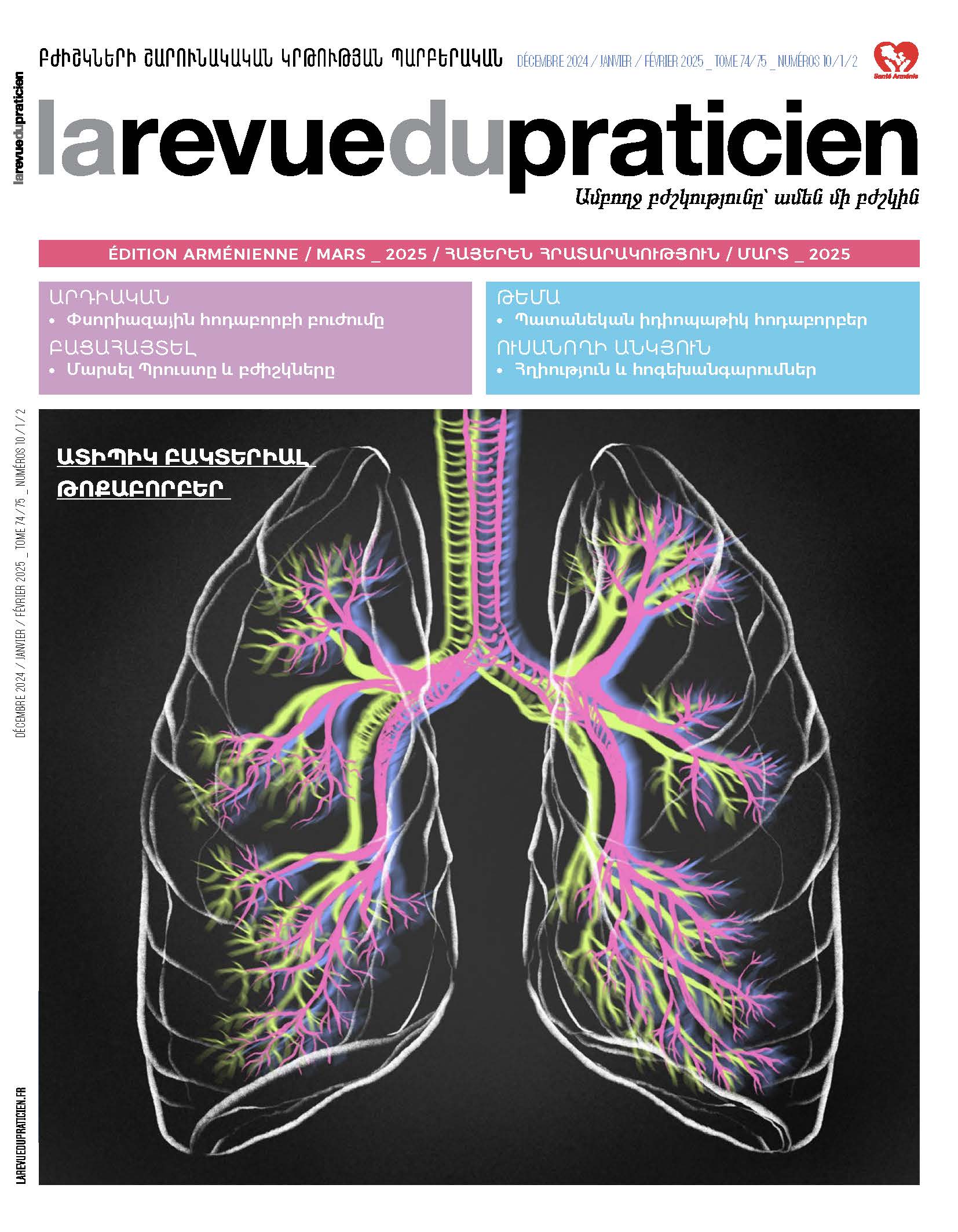Systemic juvenile idiopathic arthritis. Pediatric-onset Still’s disease 26
Pierre Quartier.Abstract
Still’s disease starts in most cases in childhood, and is called systemic juvenile idiopathic arthtritis when its onset is before the age of 16 years. However, there is a continuum with adult-onset Still’s disease, also characterized by an autoinflammatory presentation, and in general a chronic evolution with the possibility of articular and extra-articular involvement. The complexity of the differential diagnosis and the fast evolution of the recommendations of care justifie an early contact with an expert team of this rare disease. In addition, there is a need to recognize different forms of the disease, with distinct physiology, outcomes and response to treatment. In particular, there has been for several years an increased incidence of a peculiar form of the disease, associated with macrophage activation syndrome, very high Interleukin (IL)-18 level, and adverse reactions to usually very effective biologics, such as anti-IL-1 or anti-IL-6 treatments.
